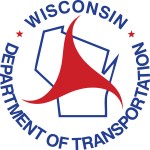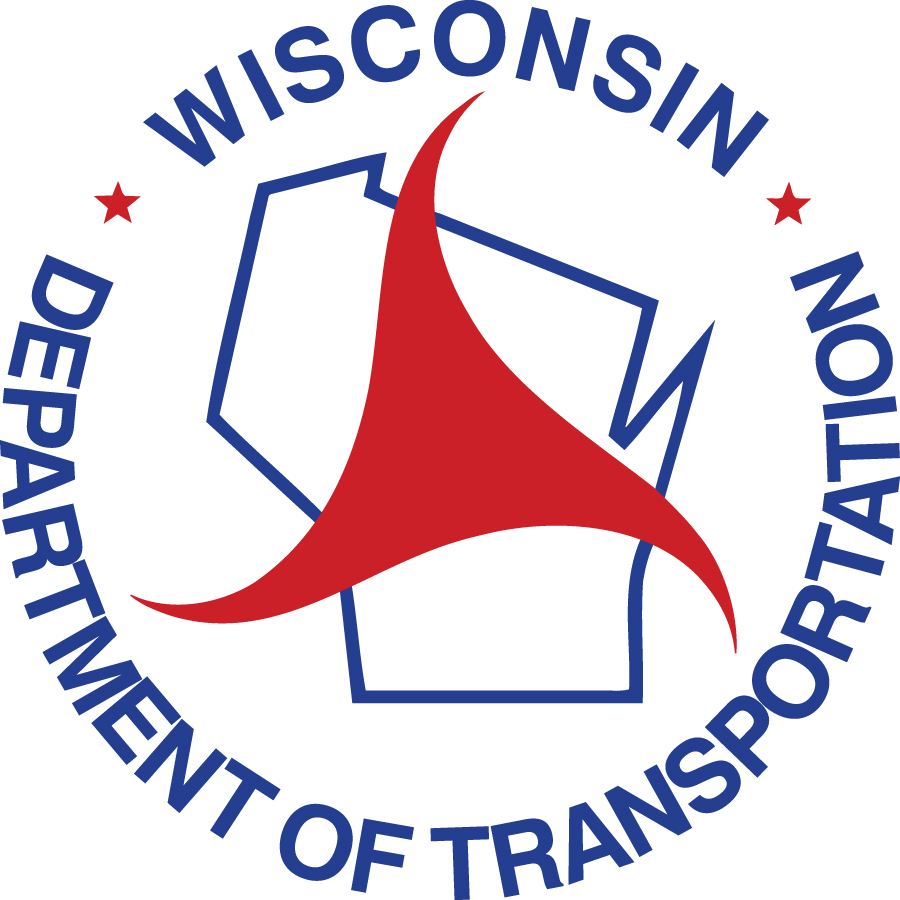State ends 2014 with fewer than 500 traffic deaths for the first time since 1943
Wisconsin ended 2014 with 491 traffic fatalities.
Wisconsin ended 2014 with 491 traffic fatalities, which was the lowest number of deaths and the first time below 500 fatalities since 1943 when 417 people in died in crashes, according to preliminary statistics from the Wisconsin Department of Transportation (WisDOT).
State traffic deaths in 2014 also were down 36 (approximately a 7 percent reduction) from 2013 when 527 people died and 68 fewer than the five-year average of 559 deaths.
“There is no single factor that led to this reduction in traffic fatalities to the lowest total since 1943 when the number of vehicles and the miles traveled on Wisconsin roads were a fraction of what they are today,” said WisDOT Secretary Mark Gottlieb. “We know that the majority of serious crashes are caused by bad driving habits and irresponsible decisions. Therefore, motorists deserve a great deal of credit for saving their own lives and lives of others by slowing down, paying attention, buckling up and driving sober. In addition, WisDOT and our partners continue to invest funding and resources to improve traffic safety enforcement, education and engineering. These investments are clearly helping to prevent fatalities.”
He pointed out that safety belt use in Wisconsin reached an all-time high in 2014 with nearly 85 percent of drivers and passengers buckling up. However, Wisconsin’s safety belt use rate still lags behind the national average of 87 percent and is below neighboring states, all of which have safety belt use rates of more than 90 percent.
Although the figures for alcohol-related fatal crashes in 2014 won’t be available for a few months, Pabst says, “Deaths due to alcohol-related crashes in Wisconsin have declined dramatically in the past 10 years from 348 fatalities in 2003 to 185 in 2013, which is a 47 percent reduction.”
To combat drunken driving, law enforcement agencies around the state have formed Operating While Intoxicated (OWI) Task Forces using federal funding administered by WisDOT. Currently, 16 OWI Task Forces are operating in urban and rural communities.
To prevent speed-related crashes on major highways, the State Patrol Air Support Unit flew 88 traffic enforcement missions last year. WisDOT used Twitter to advise drivers of the time and locations of the aerial enforcement missions to increase voluntary compliance with speed limits and other traffic laws.
“Another major traffic safety improvement last year was the reduction in motorcyclists’ fatalities,” Pabst said. “There were 74 motorcyclists killed in crashes last year, which was the lowest number since 2001, when 72 motorcyclists died in crashes. The 2014 riding season was shorter than normal because of a cold spring. But efforts to improve motorcycle safety through rider education and training also contributed to the drop in fatalities. About 35 percent of motorcyclists’ fatalities from 2003 to 2013 involved riders who had not completed the safety training or skills test required to obtain a motorcycle license, so we must continue our efforts to get more motorcyclists trained and properly licensed.”
In addition to improved driving behavior, engineering had a significant role in saving lives. “Engineering advancements have made the vehicles we drive and the roads we drive on much safer,” Pabst said.
In assessing the decrease in traffic fatalities, Secretary Gottlieb said, “We are encouraged but certainly not complacent about our continuing efforts to prevent traffic deaths and injuries. In Wisconsin, on average, more than one person per day is killed in a crash and more than 100 are injured. Traffic fatalities are more than just numbers and statistics. Each number was a person whose tragic death was mourned by family and friends. And we know that most traffic deaths could have been prevented if motorists had only slowed down, paid attention, driven sober and buckled up. We all must do everything we can to reach the ultimate goal of zero preventable traffic deaths in Wisconsin.”
2014 Wisconsin traffic fatalities summary*
| Roles |
2014 |
2013 |
| Bicyclists |
4 |
10 |
| Drivers |
270 |
294 |
| Passengers |
99 |
85 |
| Motorcycle operators |
67 |
79 |
| Motorcycle passengers |
7 |
4 |
| Pedestrians |
43 |
36 |
| Unknown role |
1 |
7 |
* PRELIMINARY NUMBER: The statistics for 2014 will not be final until spring 2015 to account for delays in reporting, revisions in the cause of death, and deaths resulting from injuries suffered in crashes in late 2014.
Wisconsin traffic fatalities & fatal crashes since 1990
(Source: Wisconsin Traffic Crash Facts available on the WisDOT website at www.dot.wisconsin.gov/safety/motorist/crashfacts/index.htm.
| Year | Fatalities | Fatal crashes |
|
1990 |
763 |
672 |
|
1991 |
795 |
675 |
|
1992 |
645 |
579 |
|
1993 |
703 |
616 |
|
1994 |
706 |
616 |
|
1995 |
739 |
656 |
|
1996 |
759 |
656 |
|
1997 |
721 |
631 |
|
1998 |
709 |
628 |
|
1999 |
744 |
674 |
|
2000 |
801 |
718 |
|
2001 |
764 |
684 |
|
2002 |
805 |
723 |
|
2003 |
836 |
748 |
|
2004 |
784 |
714 |
|
2005 |
801 |
700 |
|
2006 |
712 |
659 |
|
2007 |
737 |
655 |
|
2008 |
587 |
542 |
|
2009 |
542 |
488 |
|
2010 |
562 |
517 |
|
2011 |
565 |
515 |
|
2012 |
601 |
535 |
|
2013 |
527 |
491 |
|
2014 |
491* |
445* |
NOTE: This press release was submitted to Urban Milwaukee and was not written by an Urban Milwaukee writer. While it is believed to be reliable, Urban Milwaukee does not guarantee its accuracy or completeness.
Mentioned in This Press Release
Recent Press Releases by Wisconsin Department of Transportation
WisDOTs recipe for a safe Thanksgiving weekend
Nov 25th, 2025 by Wisconsin Department of TransportationDrivers should expect company on Wisconsin roads
Work together to protect those who protect us
Nov 17th, 2025 by Wisconsin Department of TransportationCrash Responder Safety Week proclaimed for Nov. 17-21























It is clear that the number of traffic deaths dropped sharply with the downturn in the economy starting in 2008. While other factors are highly relevant, particularly airbags and increased use of seatbelts, the large decrease and continued pattern since 2008 must be an important factor in the reduced number of deaths this year and in recent years.
We need to recognize that an improved economy opens Wisconsin up to a return to previous higher numbers of traffic deaths, that is, on the order of 700 to 800 deaths per year.
Sincerely,
David W. Smith
Chartered Statistician